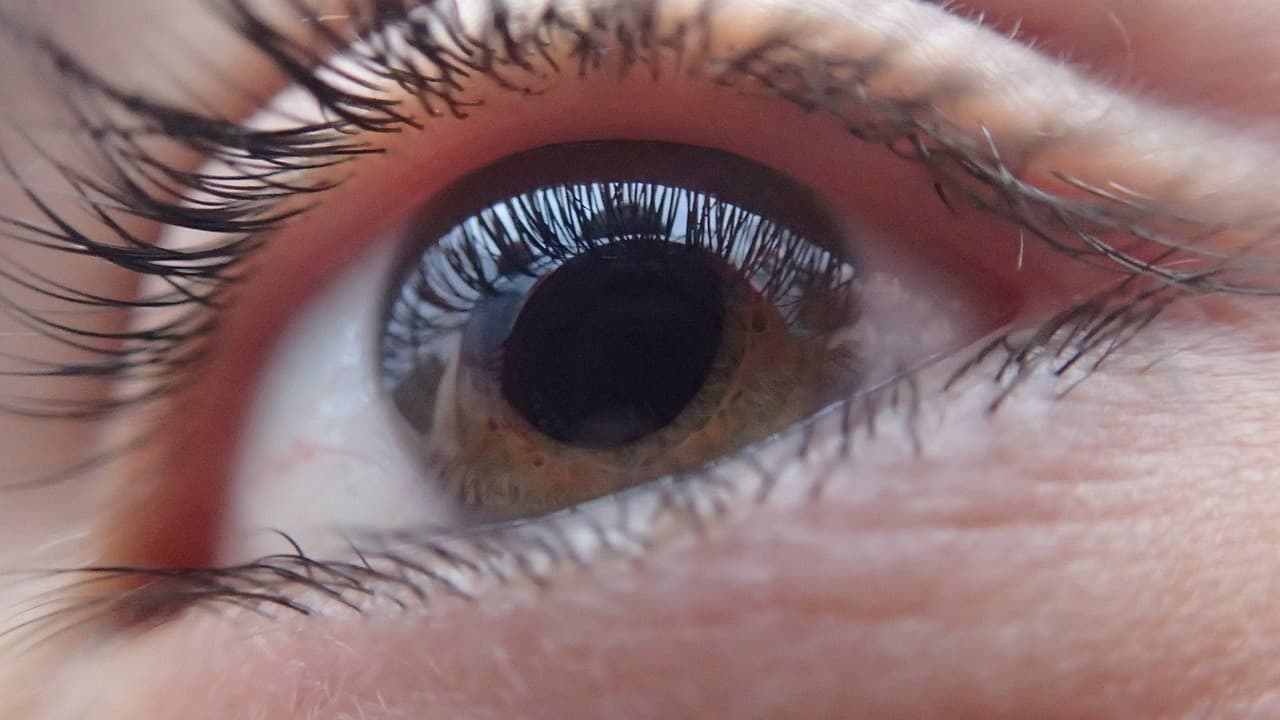
Facts You Should Know About Glaucoma
With March 5 to 11 being Glaucoma Awareness Week for 2023, it’s a perfect time to shed light on this condition that affects three million Americans, according to the CDC. If you, or a loved one, suffer from glaucoma in end-of-life care in San Francisco and elsewhere, you will want to brush up on these facts about this group of eye diseases that will gradually rob you of your sight over time.
The Glaucoma Research Foundation says glaucoma will impact more than four million people by 2030 — a 60 percent increase. The tricky part is, half of those who suffer from glaucoma don’t even know they have it yet. With a blindness epidemic nearly upon us, say some experts, it’s more important than ever to take regular eye exams seriously — especially when you figure that 12 percent of all blindness cases can be attributed to glaucoma.
25 Facts
Awareness of this disease is half the battle. Here are some stats and facts to keep in mind about glaucoma.
- Glaucoma often comes on without warning.
- Middle-aged people and the elderly are most often affected, although anyone of any age can get it.
- When the optic nerve becomes damaged, vision loss is the result. It’s no wonder, as this nerve that brings images to the brain is very complex and sensitive.
- There is no cure for glaucoma, although medication and surgery can slow down its effects.
- Glaucoma is detected through thorough eye exams, and early detection is necessary to slow down the progress of this disease.
- There are two main kinds of glaucoma: primary open-angle glaucoma (POAG) and angle-closure glaucoma. Both involve an increase in pressure in the eye, referred to as intraocular pressure (IOP). If you were diagnosed with “secondary glaucoma,” you have another disease that has resulted in increased eye pressure.
- Glaucoma happens most in those of Hispanic, African, and Asian descent.
- Those at the highest risk include people who are diabetic, over the age of 60, have hypertension, have had a previous eye injury, are severely nearsighted or have a family history.
- Glaucoma usually starts out with peripheral vision loss. Many people ignore this and think it’s only temporary or will go away. They don’t seek treatment until more severe vision loss is apparent.
- By the time vision loss occurs, it’s too late. The damage has been done.
- When left unchecked, total permanent blindness can be a reality in a few years.
- During a comprehensive dilated exam, doctors can detect glaucoma’s beginning stages and catch it early.
- Treatments for glaucoma include medications (pills or eye drops), laser surgery, and traditional surgical procedures as a last resort.
- To keep glaucoma from getting worse, you must manage your hypertension or diabetes and wear protective eyewear during sports and at work.
- Once glaucoma has damaged the optic nerve, lost vision can’t be restored, says the National Eye Institute.
- While eye pressure is a big risk factor for glaucoma, this doesn’t mean everyone with increased eye pressure will develop the disease. Glaucoma can even develop with no increase in eye pressure.
- The best way to treat glaucoma is to lower eye pressure, usually with medicines that ensure the eye makes less fluid. Other medications will lower pressure by helping to drain fluid from the eye.
- Unfortunately, 10 percent of people who do get the proper treatment for this disease will still experience loss of vision, says the Glaucoma Research Foundation.
- About 120,000 people in this country are blind from glaucoma, which accounts for between nine and 12 percent of all blindness cases.
- Aside from cataracts, glaucoma is the top cause of blindness in African Americans.
- About 60 million people worldwide have this disease.
- Surveys show that blindness is the third biggest cause of health-related fear in people after cancer and heart disease.
- Glaucoma is the second-leading cause of blindness on the planet, after cataracts.
- As a chronic condition, glaucoma has to be monitored for life.
- In the case of open-angle glaucoma (the most common) there are no symptoms. The increase in eye pressure often comes with no pain, and peripheral or side vision is lost first. People often compensate for this by turning their heads to the side and don’t even realize they’re doing it.
In the end, the best way of protecting your vision is to get tested by your eye doctor. This is why regular eye exams are so critical. You should be seeing your eye doctor at least once a year — more if your doctor is monitoring you for a condition such as glaucoma. Just because you may be young doesn’t mean you can’t get glaucoma. It affects anyone — even babies — even though it’s most prevalent in older adults and the elderly.
Contact Pathways Home Health and Hospice
To learn more about our end-of-life program and how we help patients live with their glaucoma, contact us at 888-978-1306.

